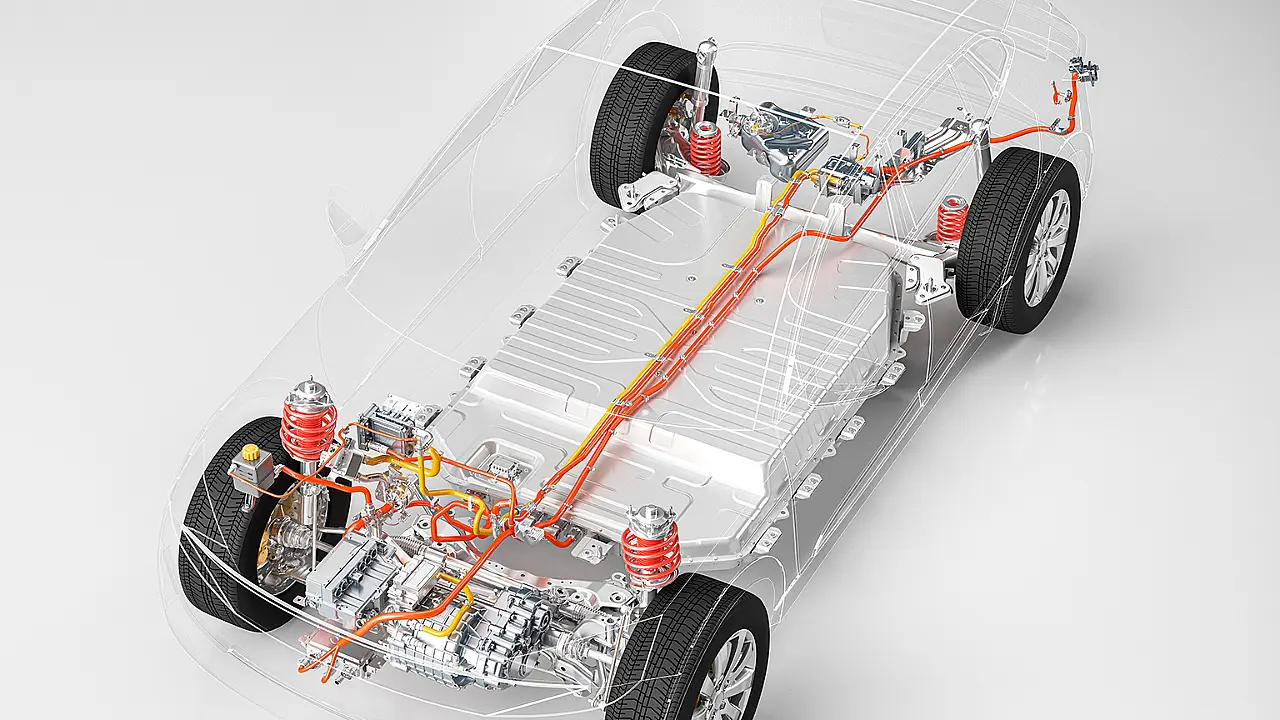
Sunjay Kapur, the President of ACMA (Automotive Component Manufacturers Association of India) and also Chairman, Sona Comstar, believes that the Indian auto industry could just end up importing more from China as electric vehicles gain greater traction.
During FY ’23, electronic components from China constituted 30% of overall imports. “The increase in imports (from China) is really dependent on what the battery manufacturers…well, how quickly they are able to localise,” he told Mobility Outlook.
While India’s overall auto component imports increased in value by 10.9% in FY ’23 to INR 1.63 lakh crore from INR 1.36 lakh crore, exports also grew 5.2% to INR 1.61 lakh crore from INR 1.41 lakh crore in FY 22. The US accounted for over 28% of overall exports and this reduced the trade deficit of the industry from $700 million to $200 million.
Kapur said the China Plus One strategy had helped component makers boost their exports. Investments in technology were also playing a big role in shaping up India’s role as a key manufacturing hub. Even while the industry spends just 1% of revenue in technology, way lower than the global average of 7%, component players are slowly realising its importance, he added. After all, in the transition towards electrification, the relevance of technology is only too obvious.
According to Kapur, safety would play a very big role going forward and also ESG (environmental, social and governance) where many component players are now deploying women at shop floors as a case in point. He said OEMs needed to look into safety standards and keep managing technology platforms with cybersecurity standards.
With new age technologies in products and manufacturing techniques, this is a threat that cannot be ignored. ACMA will conduct regular checks and enable members to take up the right measures to steer clear of this menace. As software content also increases with technology, Kapur said “the role that we can play in the component industry is really the integration of software and hardware”.
ACMA is encouraging startups to look into this integration given that the opportunities in this ecosystem are very often software-driven. “As an industry, we are well positioned to integrate software and hardware. The two coming together is where the industry will succeed,” he said.
Also Read